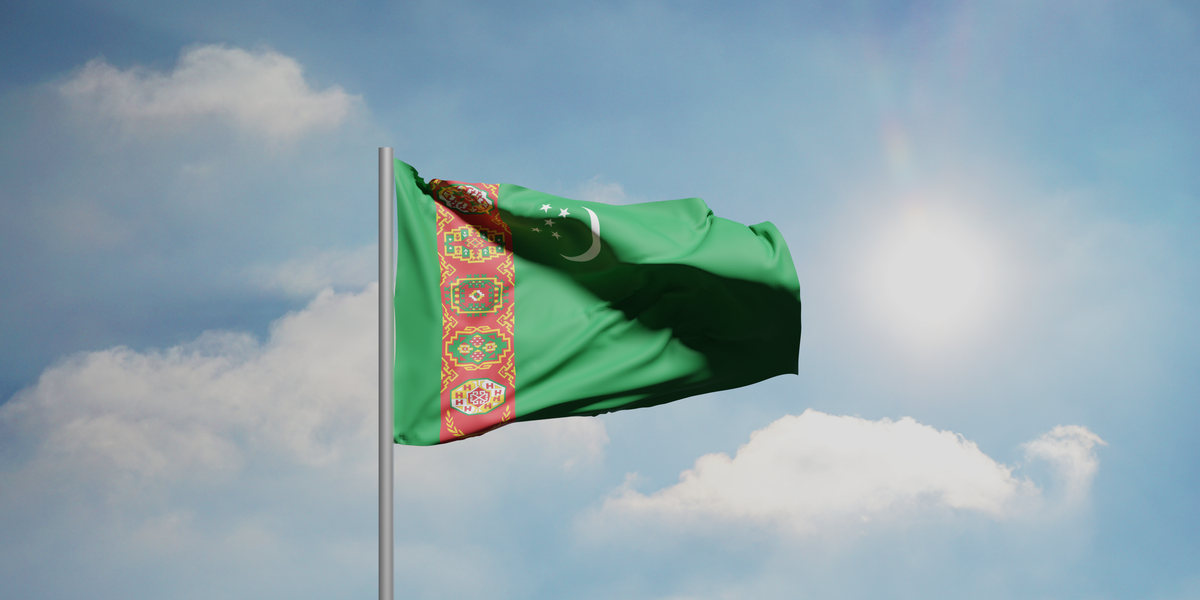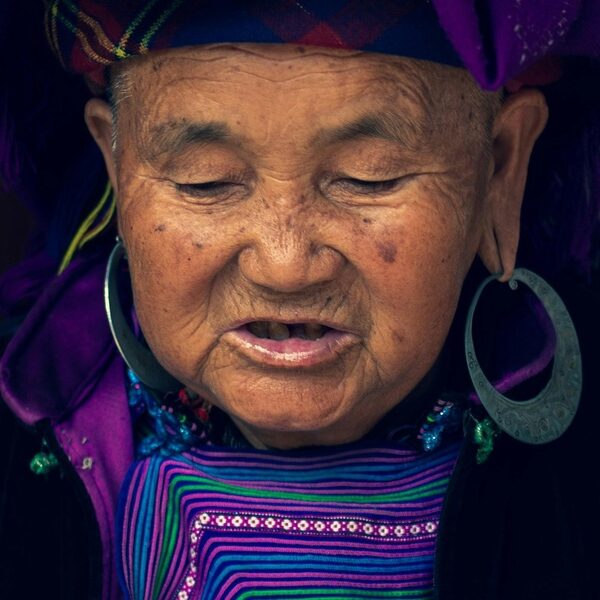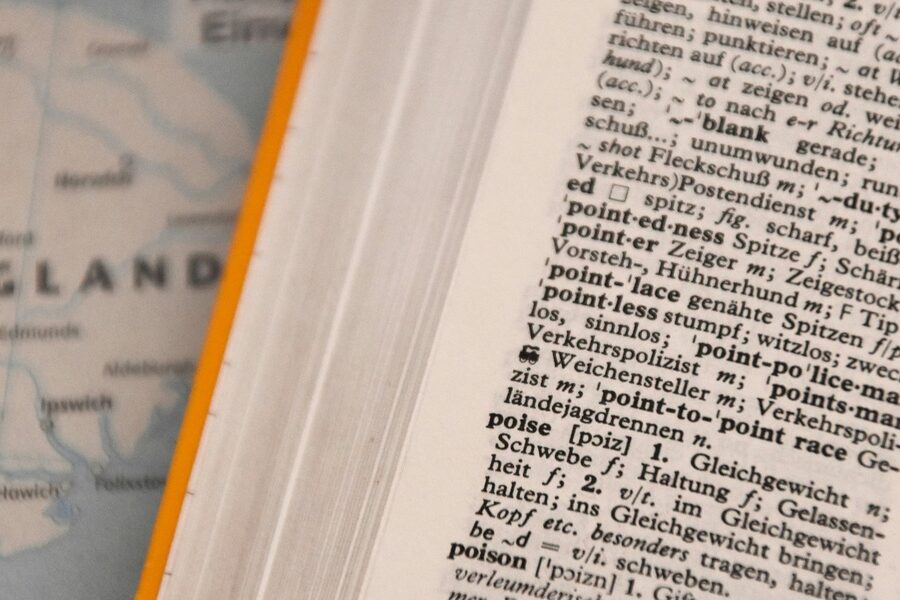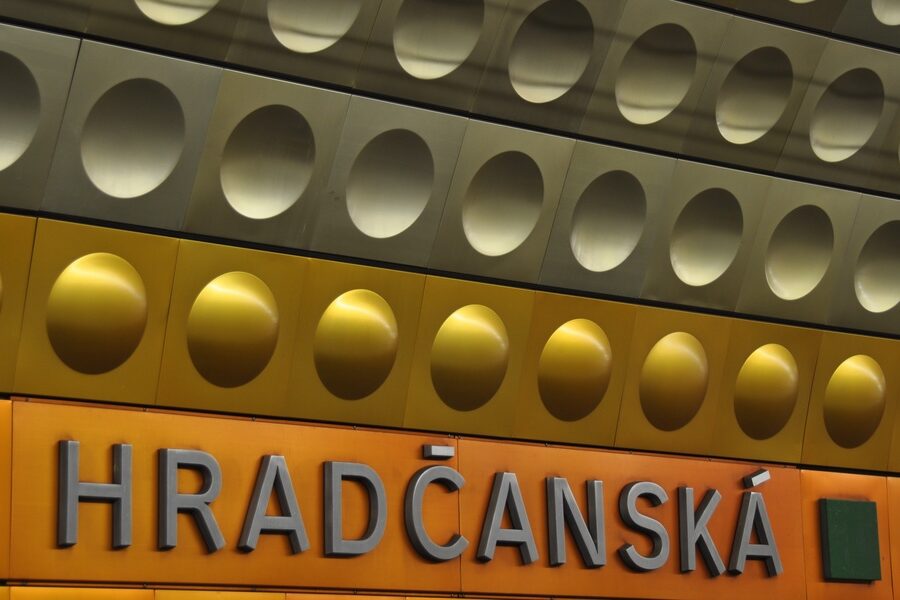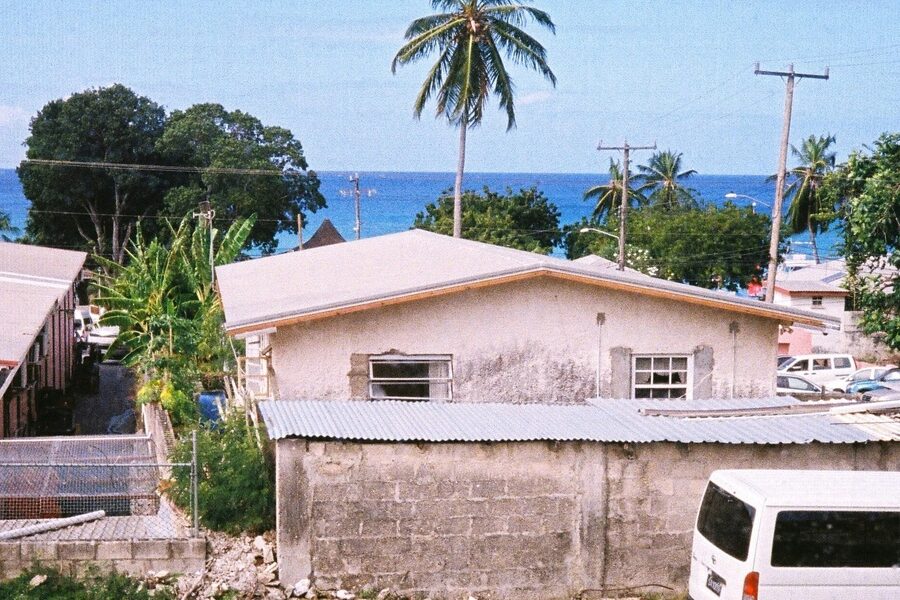Turkmenistan sits at the crossroads of Central Asia, where trade routes and historical migrations have left a patchwork of languages across cities, steppe and border regions. Local speech varies by community, age and place, reflecting both indigenous Turkmen traditions and outside influences.
There are 14 Languages Spoken in Turkmenistan, ranging from Armenian to Uzbek. For each listed language you’ll find below data organized with Status,Speakers (%),Main regions to show how common each tongue is and where it’s used — you’ll find below.
Which language is used for government and education in Turkmenistan?
Turkmen is the official state language and is dominant in government, education and media; Russian still plays an important role in business, higher education and interethnic communication, while other languages are typically used within their local communities.
How common are minority languages like Armenian and Uzbek?
Armenian and Uzbek are spoken by relatively small communities, usually concentrated in specific towns or border areas; their prevalence varies by region, and the table below gives their status, approximate speaker share and main regions for clearer comparison.
Languages Spoken in Turkmenistan
| Language | Status | Speakers (%) | Main regions |
|---|---|---|---|
| Turkmen | Official national language; main public language | 72% | Nationwide; rural and urban centers |
| Russian | Widely used lingua franca; important in business, higher education | 30% | Ashgabat, Daşoguz, Türkmenbaşy, urban areas |
| Uzbek | Significant minority language; community and home use | 9% | Northern border provinces (Daşoguz, Lebap) |
| Kazakh | Minority language; community and cross-border use | 2% | Far north, border districts |
| Tajik (Persian) | Minority Persian variety used in homes and communities | 1% | Mary, Ashgabat neighborhoods |
| Tatar | Minority community language; family and cultural use | 1% | Ashgabat, regional towns |
| Azerbaijani | Minority home language; cultural community use | 1% | Ashgabat, western towns |
| Armenian | Small community language; family and religious use | 0.6% | Ashgabat, some towns |
| Ukrainian | Minority language; community and family use | 0.5% | Ashgabat, regional centers |
| Kurdish | Local minority language; home and community use | 0.3% | Southwestern districts |
| Balochi | Minority language; home and local trade use | 0.4% | Balkan province, southwestern areas |
| Lezgian | Small minority language; family/community use | 0.2% | Ashgabat, regional pockets |
| Turkish (Meskhetian/Turkic) | Minority community language; home and social use | 0.3% | Ashgabat, select towns |
| Dungan | Very small community language; family use | 0.1% | Isolated households in towns |
Images and Descriptions

Turkmen
Turkmen is a Turkic language and the state language, spoken by the majority as first language. Several dialects exist; Latin script officially used since 1991 (formerly Cyrillic). Dominant in schools, media, and daily life.
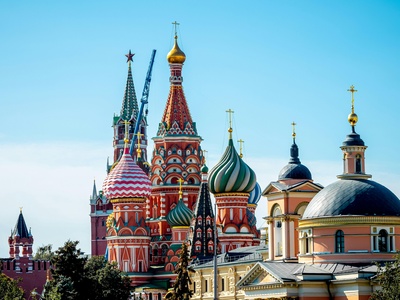
Russian
Russian remains a major second language across generations, especially in cities and professional sectors. Uses Cyrillic script; historically the language of administration and interethnic communication.
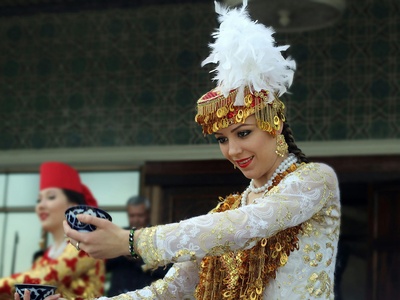
Uzbek
Uzbek, a Turkic language closely related to Turkmen, is spoken by ethnic Uzbeks in northern regions and market towns. Uses Cyrillic and increasingly Latin scripts; common in cross-border trade and family life.

Kazakh
Kazakh is spoken by ethnic Kazakhs near the Kazakhstan border. A Turkic language; speakers use Cyrillic historically and Latin increasingly. Used in homes and local cross-border contacts.

Tajik (Persian)
Tajik is a variety of Persian spoken by Tajik communities; uses Cyrillic in Soviet-era sources but oral use predominates. Present in certain towns and family networks, literature and religious life.

Tatar
Tatar (a Turkic language) is maintained by Tatar families and cultural groups. Historically used Cyrillic; present in mosques, cultural associations, and interethnic urban communities.

Azerbaijani
Azerbaijani (Azeri) speakers live in mixed urban neighborhoods, using the language at home and in community events. A Turkic language closely related to Turkmen and Azerbaijani across the border.

Armenian
Armenian is spoken by a small Armenian community in city neighborhoods and churches. Uses Armenian script; primarily used within families and Armenian community institutions.
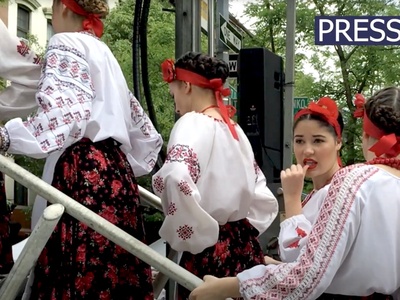
Ukrainian
Ukrainian is spoken by ethnic Ukrainians and some mixed families. Historically present due to Soviet-era migration; used in home settings and cultural gatherings.

Kurdish
Kurdish is spoken by small Kurdish communities, mainly in the southwest. Various Kurdish dialects are used orally in family and local community life, often alongside Turkmen or Persian.
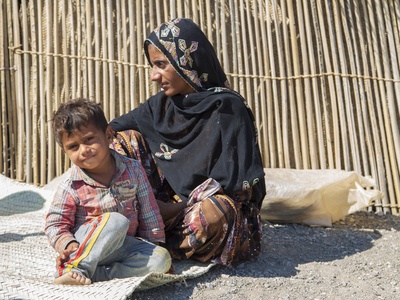
Balochi
Balochi is used by Baloch communities along the Iranian border and coastal areas. An Iranian language used in homes and local markets; oral traditions remain important.

Lezgian
Lezgian (a Northeast Caucasian language) survives among small Lezgin families and communities. Used in private and cultural settings; Russian or Turkmen often used publicly.

Turkish (Meskhetian/Turkic)
Spoken by Meskhetian Turks and other Turkic migrants; mutually intelligible elements with Turkmen. Used in homes, cultural groups, and some business networks.

Dungan
Dungan is a Sinitic language (Mandarin-derived) spoken by a tiny community descended from Chinese Muslims. Used at home and in tight-knit community settings; written use rare.

